Six things the Chesapeake Bay is thankful for
We have much to be grateful for this Thanksgiving—and so does the Chesapeake Bay!
Thanksgiving is the perfect time to express gratitude for the good in life. We have much to be thankful for—and so does the Chesapeake Bay! Here is a look at six moments from the past year that signaled good news for the watershed.
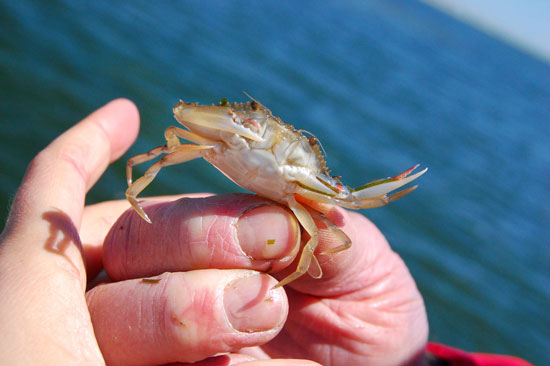
6. A sustainable blue crab population. The most recent report on the Bay’s blue crab stock reveals a population that has reached sustainable levels and is not overfished. Winter estimates place the adult female blue crab population at 97 million, based on a dredge survey taken at almost 1,500 sites throughout the Bay. The survey also measured more juveniles than have been counted in the past two decades. A stable blue crab population means a more stable Bay economy, with watermen employed, restaurants stocked and recreational crabbers (and crab-eaters!) happy.
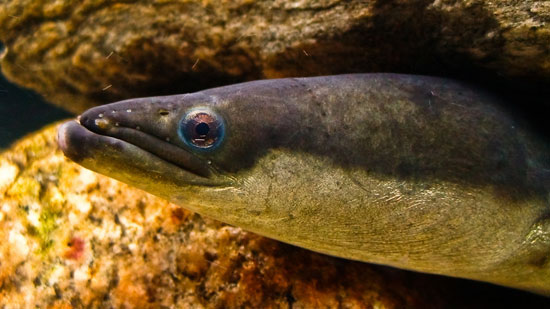
Image courtesy Erickson Smith/Flickr
5. Additional American eels. American eel numbers are up in the headwater streams of Shenandoah National Park, following the removal of a large dam that once blocked eels from moving upstream. Other anadromous swimmers like shad, herring and striped bass—which must migrate from the ocean into rivers to spawn—are also using this reopened habitat. Our rivers are thankful to see the return of these important residents.
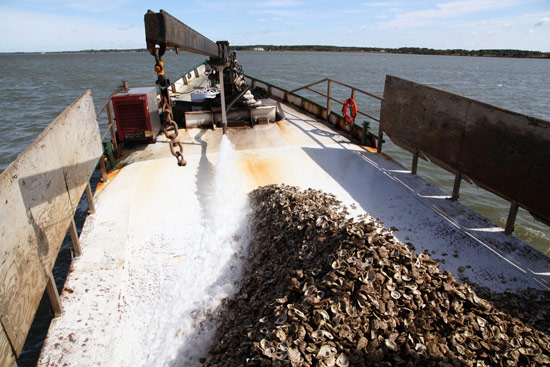
4. A huge boost in oyster restoration. This year, restoration partners in Maryland put more than 600 million oyster spat into the Chesapeake Bay in the largest targeted restoration effort the watershed has ever seen. While some of the oyster larvae went into the Upper Bay, most went into Harris Creek, a tributary of the Choptank River that was declared an oyster sanctuary in 2010. While habitat loss, disease and historic overfishing have contributed to a dramatic decline in native oyster populations, planting “spat on shell” onto harvest-safe sanctuaries is one way to bring the water-filtering bivalves back.
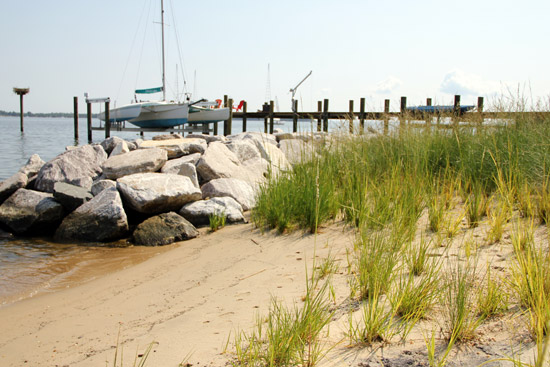
3. A lot of living shorelines. When shorelines wash away, fish, crabs and other wildlife lose valuable habitat, and coastal landowners lose their lawns. To curb shoreline erosion, coastal property owners are turning toward living shorelines, which replace hardened bulkhead and riprap with grasses and trees. This summer, the Chesapeake Bay Trust’s Living Shorelines program awarded $800,000 to 16 homeowner associations, non-profit organizations and towns to install more than 6,800 feet of living shoreline and wetland habitat in the Chesapeake Bay watershed.
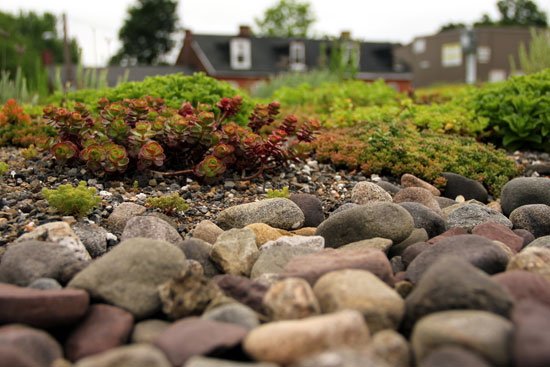
2. Greater green infrastructure. With the implementation of green infrastructure, cities can use the natural environment to better manage stormwater runoff. Green roofs, rain gardens and pervious pavement, for instance, can absorb stormwater runoff before it flows into local rivers and streams. This year, the U.S. Environmental Protection Agency (EPA) and the National Fish and Wildlife Foundation (NFWF) awarded $4 million to local governments for green infrastructure projects. But the environment is not the only one who will be thankful; green infrastructure can revitalize communities and produce cost benefits that can exceed those of traditional stormwater management methods. We are grateful that more towns will be greener in both color and concept!

1. Long-term improvements in Bay health. A number of Bay monitoring sites have shown long-term improvements in nutrient and sediment levels. According to an August report from the U.S. Geological Survey (USGS), one-third of monitoring sites have shown improvement in sediment concentrations since 1985, two-thirds have shown improvement in nitrogen concentrations and almost all have shown improvement in phosphorous concentrations. These improvements in long-term trends indicate pollution-reduction efforts—from upgrades to wastewater treatment plants to cuts in fertilizer use on farms and suburban lawns—are working.

Comments
Born and raised in Annapolis, MD / Met mt wife in Knoxville, Tennessee, married her. I have been back to Annapolis a few time's . Always will love Annapolis, Maryland .
I use an ecosystems kit to teach 5th grade students. There is a social studies connection where we argue stakeholders apposing views on the Chesapeake Bay. The stakeholder information is VERY dated and I can see there are a lot of great things happening. Do you know of resources I can use to better address current issues and concerns
Thank you!
Your comment has been received. Before it can be published, the comment will be reviewed by our team to ensure it adheres with our rules of engagement.
Back to recent stories